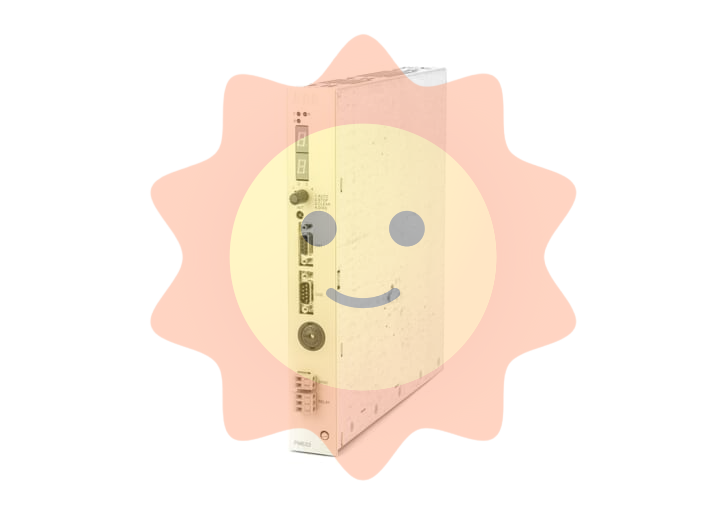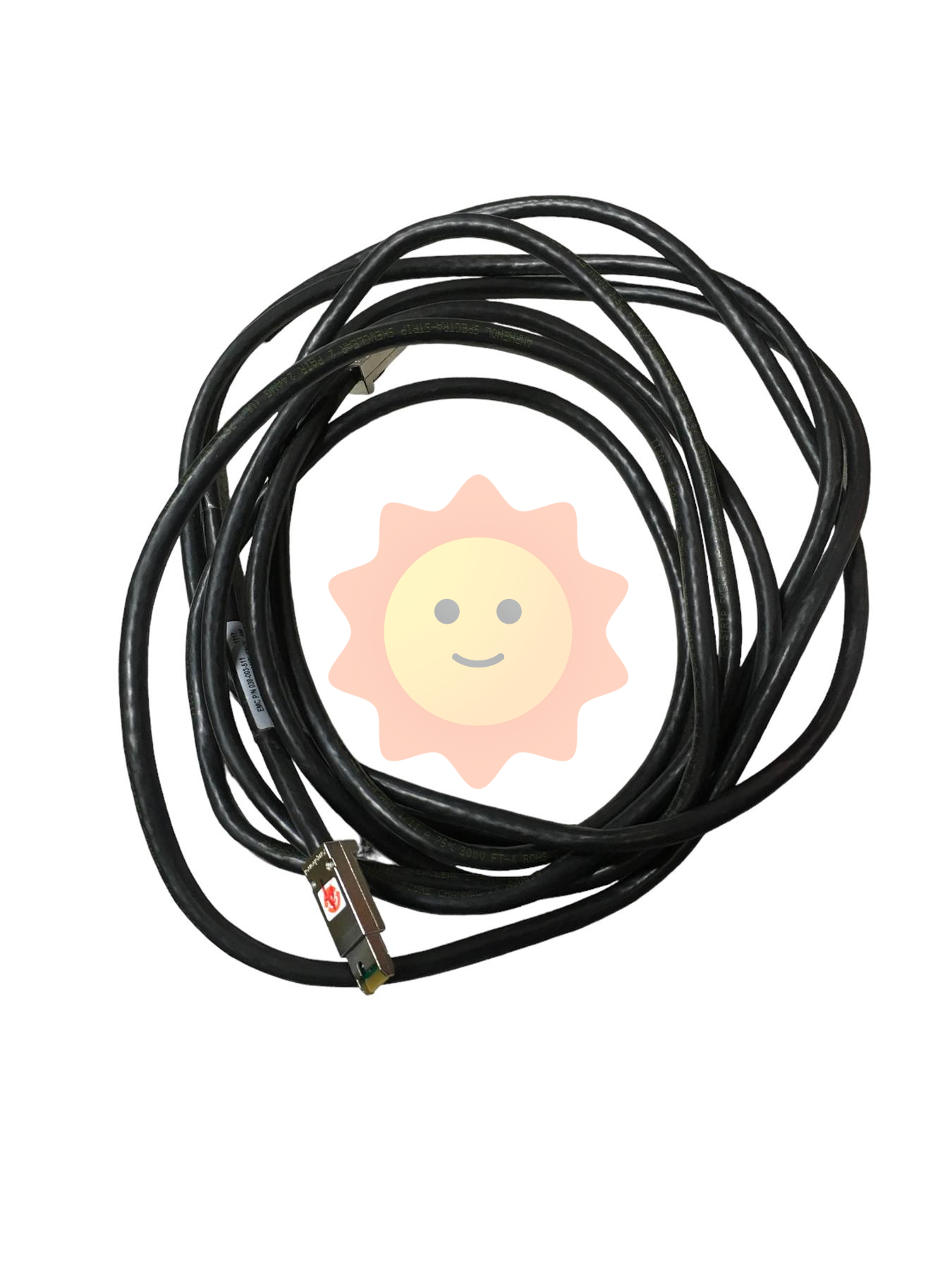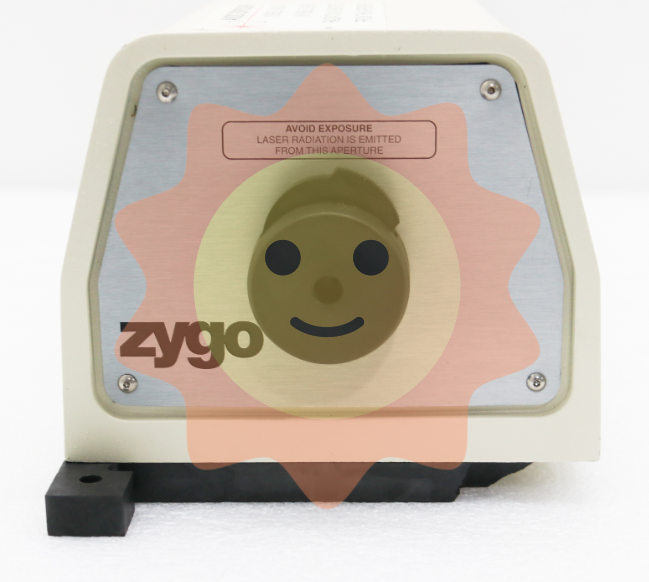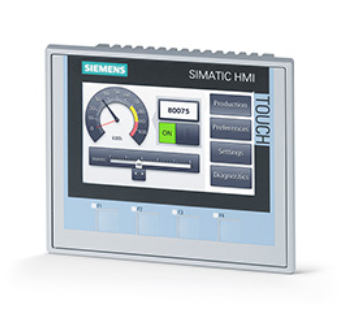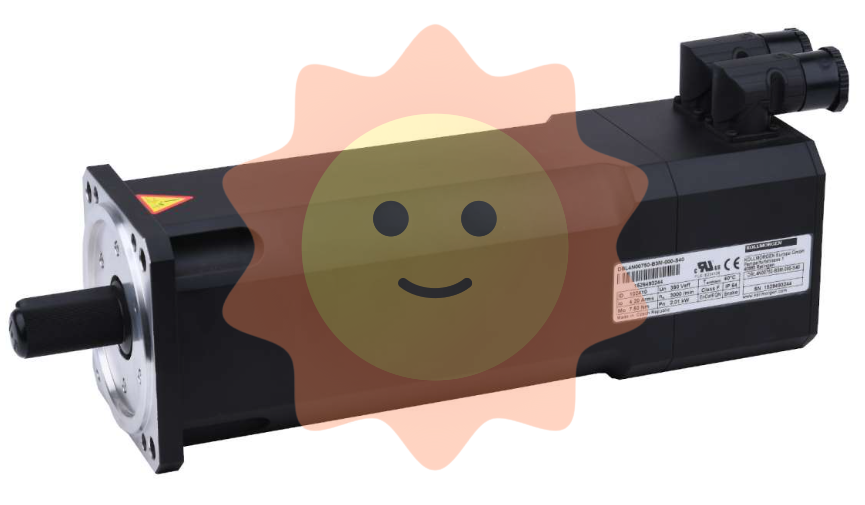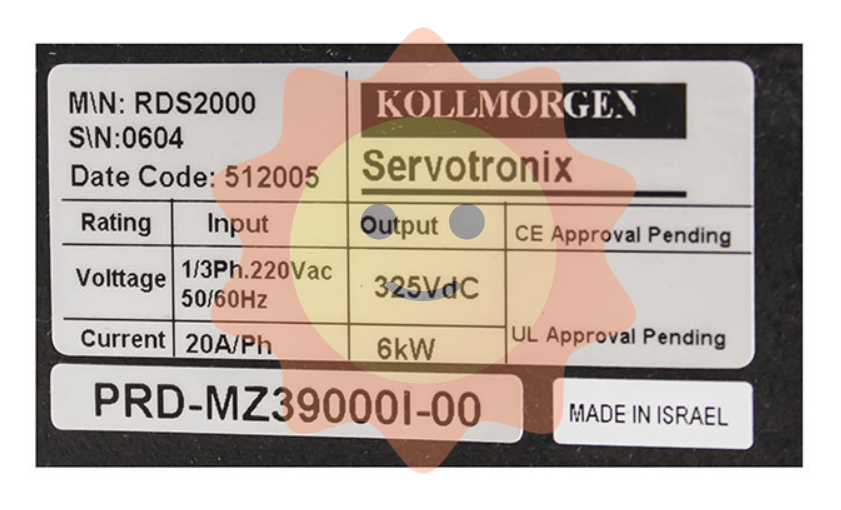The export of fertilizer is restricted by the inspection of commodity inspection and reform law, and the price difference at home and abroad may converge in the future with the liberalization of export policies
On October 11, 2021, the General Administration of Customs issued No. 81 of 2021 "Announcement of the General Administration of Customs on Adjusting the Catalogue of Import and Export Commodities Subject to Inspection", and decided that as of October 15, 2021, The customs supervision condition "B" is added to the 29 and 10 customs commodity numbers involving the export of chemical fertilizers, and the customs implements export commodity inspection on the relevant commodities. Among them, the export chemical fertilizer belonging to hazardous chemicals should also carry out export chemical inspection and export hazardous chemical packaging inspection in accordance with the relevant regulatory provisions of hazardous chemicals. The specific contents of the inspection carried out by the customs on exported fertilizers include whether they meet the requirements of safety, hygiene, health, environmental protection, fraud prevention, and related quality, quantity, weight and other items. With the landing of the fertilizer export legal inspection policy, the cost of fertilizer export and the time cost required for export have increased significantly, resulting in a significant decline in phosphate fertilizer exports from October to December last year.

The price difference of phosphate fertilizer at home and abroad is huge, and the export performance of relevant enterprises is concerned. International fertilizer prices are rising rapidly, and due to the domestic export restrictions since the fourth quarter of last year to regulate the domestic fertilizer supply and prices, and then inhibit the further rise in domestic prices, the current international fertilizer prices and domestic fertilizer prices have formed a large price difference. Among them, the price difference of potassium chloride at home and abroad is about 100-150 yuan/ton, the price difference of urea at home and abroad is about 2200 yuan/ton, and the price difference of mono-ammonium phosphate and diammonium at home and abroad is more than 4000 yuan/ton. The market is expected to decline with the domestic supply pressure after the spring ploughing, while overseas such as South America, India and other places will usher in the peak season of fertilizer demand, the country or gradually relax the export restrictions on fertilizers, stronger price expectations under the high boom of fertilizers is expected to continue, the performance of related enterprises will have significant flexibility. In addition, domestic compound fertilizer enterprises are expected to benefit from the upward price control and demand side of domestic simple fertilizer.
2. In the medium and long term, the supply-side reform of China's phosphorus chemical industry has deepened, and the competition pattern has continued to improve

Phosphate ore domestic resources are scarce, environmental protection under high pressure supply contraction is obvious, the price to support the cost of phosphate fertilizer. The average grade of phosphate ores in China is 17%, and most phosphate ores need washing and enrichment to meet the demand of phosphorus chemical production. Among the proven phosphate deposits, the rich mineral resources with phosphorus content greater than 30% are about 1.09 billion tons, accounting for only 8.2% of the total reserves, and there is a phenomenon of less rich ore and more poor ore. From the production point of view, the global phosphate ore production in 2020 is 223 million tons, of which China's production is 89.17 million tons, accounting for about 40%. From the perspective of storage and production ratio, although China is the world's largest phosphate ore producer, its reserves are only 3.2 billion tons, accounting for 4.5% of the global total, and the storage and production ratio is only 35.56, far lower than the world average of 318.39. Phosphate rock, as the only source of large-scale extraction of phosphorus resources, is an irreplaceable and non-renewable resource. According to the current mining speed and utilization mode, the mining life of phosphate rock resources in China is less than 40 years, and the development and utilization of the remaining resources will consume higher mining costs. In this context, in the past decade, the government has continuously increased the access threshold and environmental protection requirements of the phosphate ore industry, and local governments have also issued local phosphate ore production requirements documents. At the same time, since phosphate rock was included in the strategic mineral catalog in 2016, the government has continued to introduce various measures to limit production. Since 2017, domestic phosphate ore production has declined for four consecutive years, and our phosphate ore production in 2020 has fallen by 35% compared with 2016. In 2021, driven by the demand for downstream phosphate fertilizer and iron phosphate, phosphate ore production increased significantly year-on-year, with a total annual output of 103 million tons, +15.2% year-on-year, but still not exceeding the 2018 level. Environmental protection under the high pressure mining enterprises to reduce production, superimposed strong downstream demand pull, making the phosphate ore market in a long-term state of short supply. Since March 2021, the price of phosphate rock has risen rapidly. According to Baichuan Yingfu data, the current phosphate ore price index is 713 yuan/ton, +71.8% year-on-year; The average price of phosphate rock in Guizhou is 700 yuan/ton, which is +32.1% year-on-year.

Deepen the reform of the supply side of the phosphorus chemical industry, and the competition pattern of the industry continues to improve. In 2016, the annual output of monoammonium phosphate in China was 23.349 million tons, double the output in 2011. However, with the implementation of the supply-side reform of the industry since then, and the gradual deepening of the three phosphorus treatment after 2019, the withdrawal of small and medium-sized enterprises has increased. In 2021, the domestic monoammonium phosphate production was 12.427 million tons, down 46.8% from 2016, and the effective production capacity was also reduced from 26.8 million tons in 2016 to 18.46 million tons in 2021. In terms of diammonium phosphate, in 2016, the national production of diammonium phosphate reached 17.526 million tons, and by 2021, the domestic production of diammonium phosphate has dropped to 13.544 million tons, while the production capacity continues to clear.
3. In the medium and long term, global potash will maintain oligopoly
The high concentration of potassium salt resources determines the distribution of potash fertilizer production capacity. According to USGS statistics, the world's proven potash salt (K2O) resources are about 250 billion tons, and proved reserves (K2O) are about 3.7 billion tons. Among them, Canada, Russia and Belarus are the three countries with the highest reserves of potash salt resources in the world, accounting for about 66% of the total reserves of potash salt resources in the world, of which Russia, Canada and Belarus accounted for 29.7%, 20.3% and 16.2% respectively, and China only accounted for 9.5%.

Potash production capacity is divided into three major alliances. Under the background of the high concentration of potash resources, the global potash industry has formed an oligopolistic industrial pattern. Before 2013, the international potash fertilizer was divided into three major alliances: (1) BPC (Belarusian Potash, Uralkali potash industry alliance); (2) Canpotex (an industrial alliance composed of Potash, Legg Mason and Jiayang); (3) The alliance between the ICL of Israel and the APC of Jordan. Among them, Canpotex and BPC control the global pricing right, forming an oligopoly pattern. After Uralkali withdrew from BPC in 2013 on the ground that Belarusian Potash violated the alliance sales agreement, the international potash pricing model was reshuffled, the oligarch sales strategy changed from "price first" to "share first", and the potash price fell sharply and entered a long-term downturn. At present, the international potash market is still monopolized by a few dominant enterprises, and the capacity of the world's top seven overseas potash production enterprises accounts for as high as 83%.
The regional mismatch of potash fertilizer supply and demand is obvious. On the supply side, Canada is the largest potash producer, accounting for 30.5 per cent of global production, followed by Russia and Belarus. In terms of exports, Canada accounts for 41 per cent, while Russia and Belarus together account for about 40 per cent. From the demand side, the main consumers of potash are China, Brazil, the United States and India, among which China is the largest consumer of potash, accounting for about 25% of the global total; This is followed by Brazil (18%) and the United States (13%).

In the medium and long term, the resource attributes determine that potash will still maintain an oligopoly, and the oligopoly's strategy may change from "share first" to "price first" under high prices. According to IFA statistics, the annual output and annual capacity of global potash fertilizer in 2020 will be 42.7 million tons and 62.55 million tons (K2O) respectively, and about 46 million tons and 64.2 million tons respectively in 2021. IFA expects annual global potash production capacity to reach 68.9 million tons by 2025, up 4.7 million tons from 2021. Due to the strong properties of potash resources, the industry will still maintain an oligopoly situation in the future. Combined with the current high global potash prices and the low prices in the past many years, we believe that the oligarch's competitive strategy will be switched from "share first" to "price first", and the industry supply and demand pattern will remain stable under the demands and "tacit understanding" of oligarchs to ensure the maximization of interests.
- EMERSON
- Honeywell
- CTI
- Rolls-Royce
- General Electric
- Woodward
- Yaskawa
- xYCOM
- Motorola
- Siemens
- Rockwell
- ABB
- B&R
- HIMA
- Construction site
- electricity
- Automobile market
- PLC
- DCS
- Motor drivers
- VSD
- Implications
- cement
- CO2
- CEM
- methane
- Artificial intelligence
- Titanic
- Solar energy
- Hydrogen fuel cell
- Hydrogen and fuel cells
- Hydrogen and oxygen fuel cells
- tyre
- Chemical fiber
- dynamo
- corpuscle
- Pulp and paper
- printing
- fossil
- FANUC
- Food and beverage
- Life science
- Sewage treatment
- Personal care
- electricity
- boats
- infrastructure
- Automobile industry
- metallurgy
- Nuclear power generation
- Geothermal power generation
- Water and wastewater
- Infrastructure construction
- Mine hazard
- steel
- papermaking
- Natural gas industry
- Infrastructure construction
- Power and energy
- Rubber and plastic
- Renewable energy
- pharmacy
- mining
- Plastic industry
- Schneider
- Kongsberg
- NI
- Wind energy
- International petroleum
- International new energy network
- gas
- WATLOW
- ProSoft
- SEW
- wind
- ADVANCED
- Reliance
- YOKOGAWA
- TRICONEX
- FOXBORO
- METSO
- MAN
- Advantest
- ADVANCED
- ALSTOM
- Control Wave
- AB
- AMAT
- STUDER
- KONGSBERG
- MOTOROLA
- DANAHER MOTION
- Bently
- Galil
- EATON
- MOLEX
- Triconex
- DEIF
- B&W
- ZYGO
- Aerotech
- DANFOSS
- KOLLMORGEN
- Beijer
- Endress+Hauser
- MOOG
- KB
- Moxa
- Rexroth


Email:wang@kongjiangauto.com

